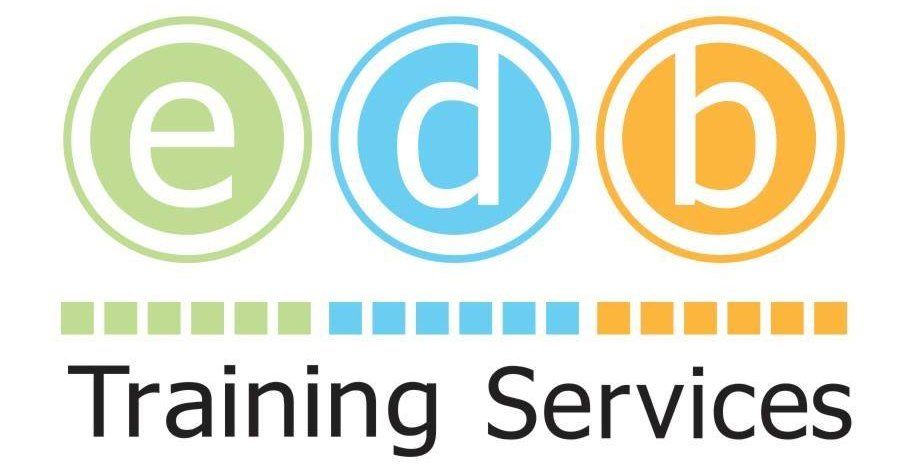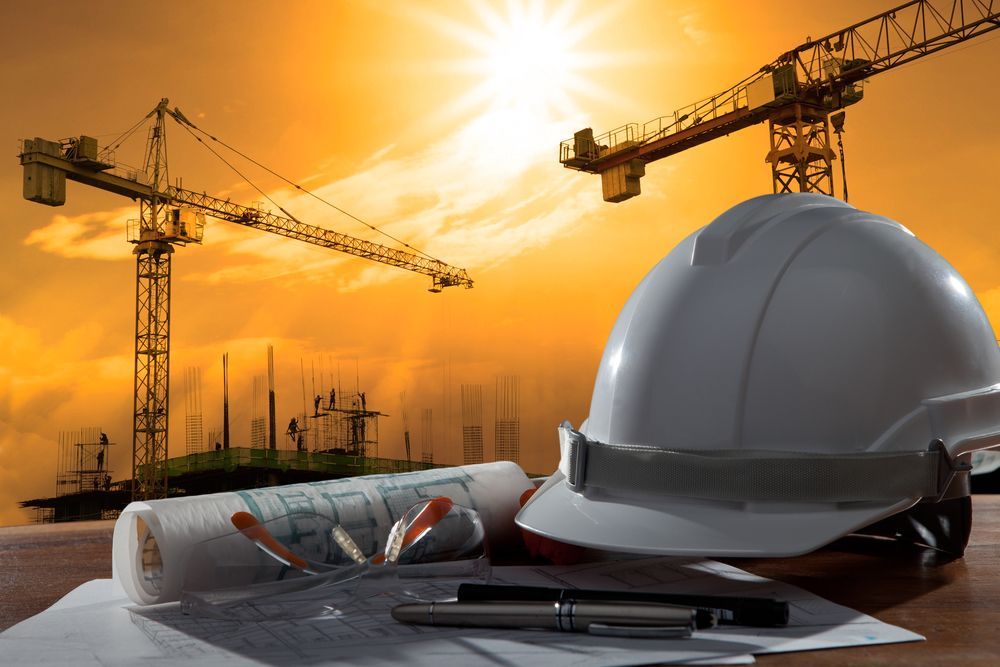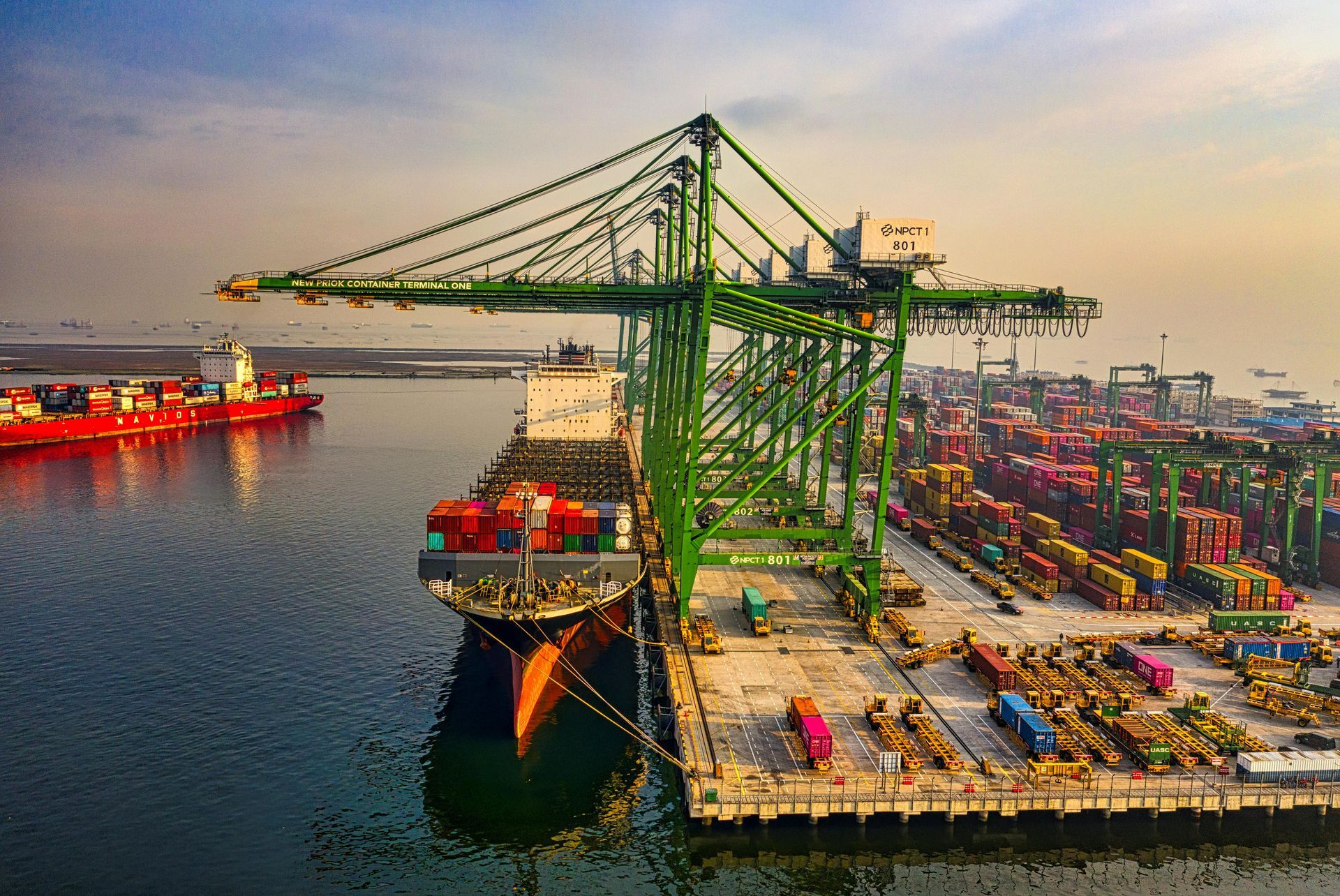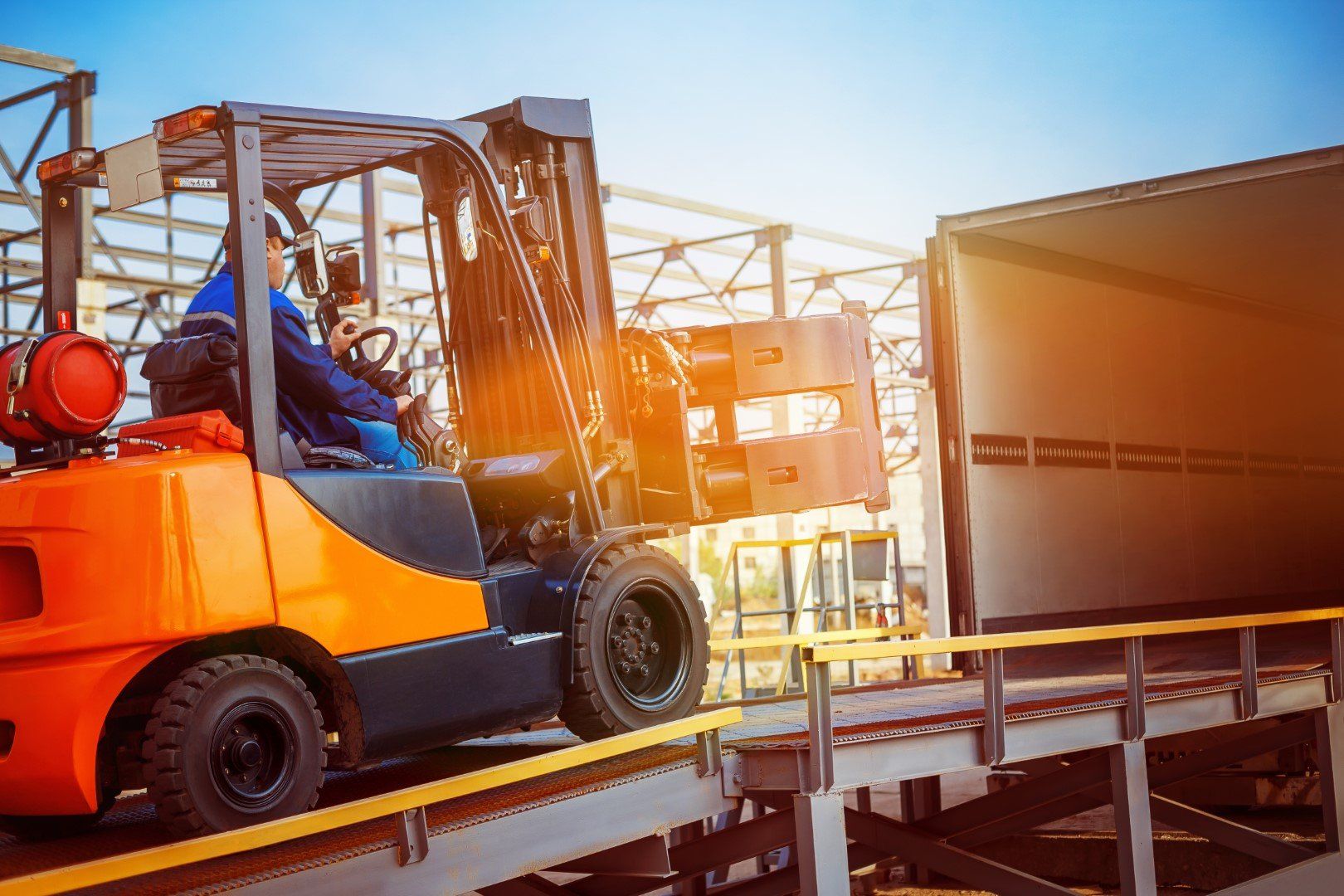What are the Daily Inspection Requirements for EWP's
Safety is Paramount When Using an EWP - Read Below for Best Practice
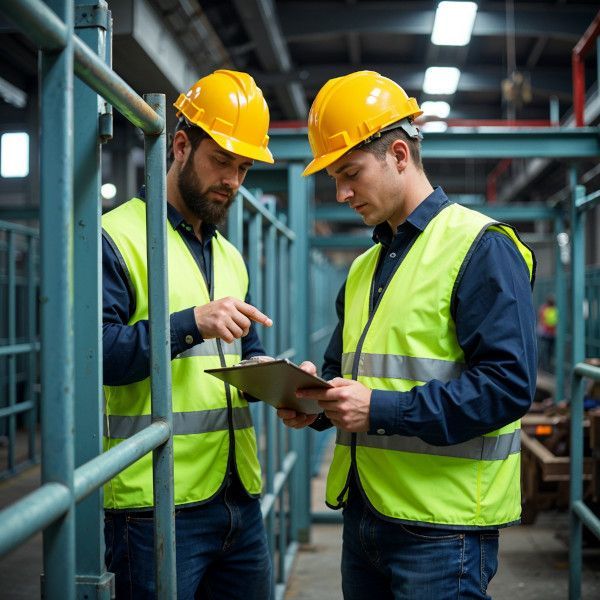
What are the Necessary Daily Checks That Should be Done Before Using an Elevating Work Platform (EWP)?
EWPs are crucial machinery for working at heights. To ensure the safety of operators and others on site it's important to conduct safety inspections prior to use. These inspections help in identifying any issues that could result in accidents or equipment malfunctions. Below are the areas that need to be inspected during a check of an EWP.
How to do a Visual ExaminationInspection of an EWP
The initial step in any inspection of an EWP involves a visual examination. Walk around the equipment to look for any signs of damage or wear. Inspect systems for leaks, check the structure for cracks or deformities and make sure all guards and covers are securely fitted. Pay attention to the condition of tyres or tracks based on the type of EWP being used. Additionally, ensure that all warning labels and decals are readable and correctly placed. If outriggers are present they should also be checked for damage and proper functioning.
How to do Functional Testing of an EWP
After completing the inspection it is crucial to conduct testing. Start up the EWP. Test all controls, including lifting and lowering functions, rotation capabilities as well as any auxiliary systems in place. Make sure that the panel controls are working properly and that all indicators, lights and alerts are functioning. It's also crucial to test the emergency stop button to ensure it operates as intended. Lift the platform slightly off the ground to assess its stability and see if it remains in place without any movement or wobbling.
How to Inspect the Safety Gear of an EWP
The safety of the Elevated Work Platform (EWP) relies on its associated safety gear. During checks, verify that safety equipment like harnesses, lanyards and fall protection systems are in shape and correctly fastened. Confirm that the anchor points on the EWP are undamaged and compliant with safety regulations. Additionally, check that the platforms guardrails and gates are secure and operational without any signs of wear or damage that could compromise their effectiveness.
How to Inspect Fluid Levels and Batteries in an EWP
Monitoring fluid levels in the EWP is an important aspect of inspections. This includes checking fluid, engine oil and coolant levels. Make sure these fluids are at correct levels with no leaks present. If the EWP operates on battery power assess the charge level. Inspect the battery for any damage or corrosion indications. Maintaining correct levels and taking care of the battery are crucial for ensuring the safe and effective operation of the EWP. Assessing the surroundings and ground conditions is another essential step before using the EWP. The work area should be clear of any obstacles with a stable ground area for supporting the machines weight. When operating on a slope it's essential to stay within the recommended limits set by the manufacturer. Additionally checking for overhead hazards like power lines is vital to avoid risks during operation.
In conclusion, conducting inspections on an EWP is a essential safety practice to ensure that the equipment is functioning well and is safe for use. By inspecting the machine for damages, testing functions, confirming safety features, checking fluid levels and batteries and evaluating the environment operators can help prevent accidents and prolong the equipments lifespan. Regular inspections are not mandated by law but should be completed to make sure workers are not put at risk.
For more information about EWP Ticket Training in Brisbane and suurounds contact EDB Training Services in Capalaba.
